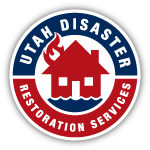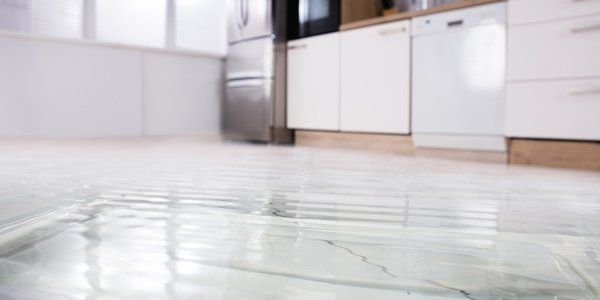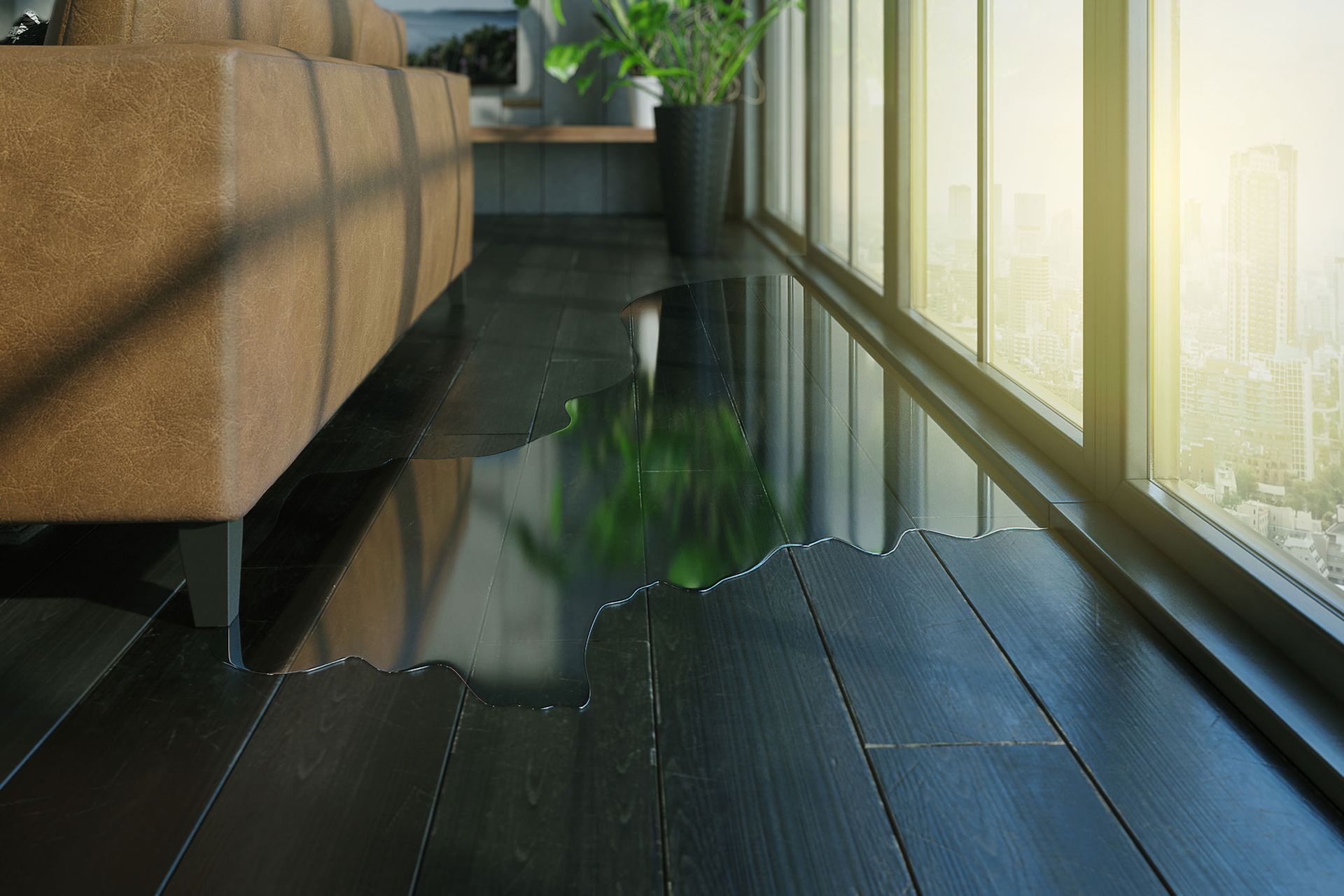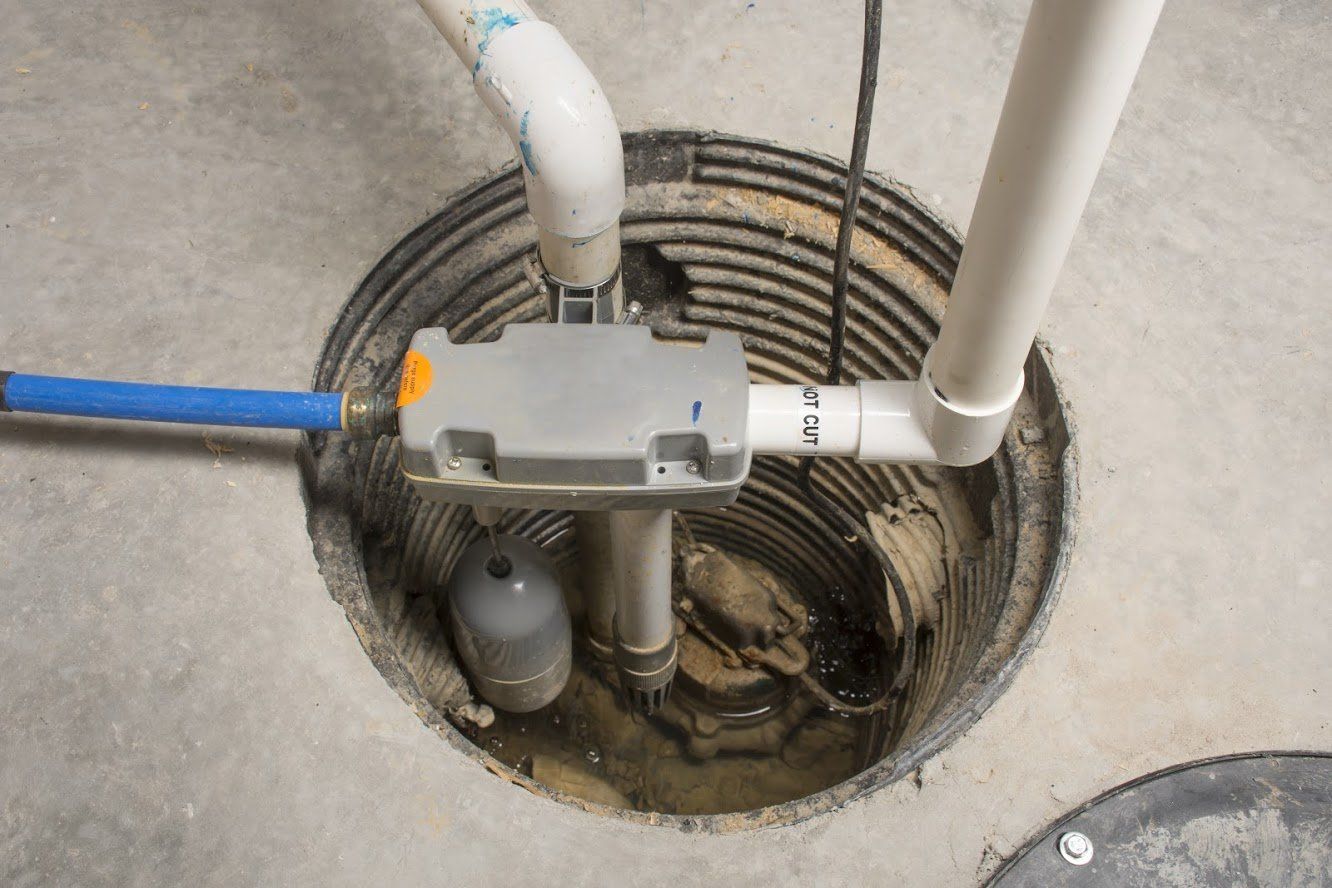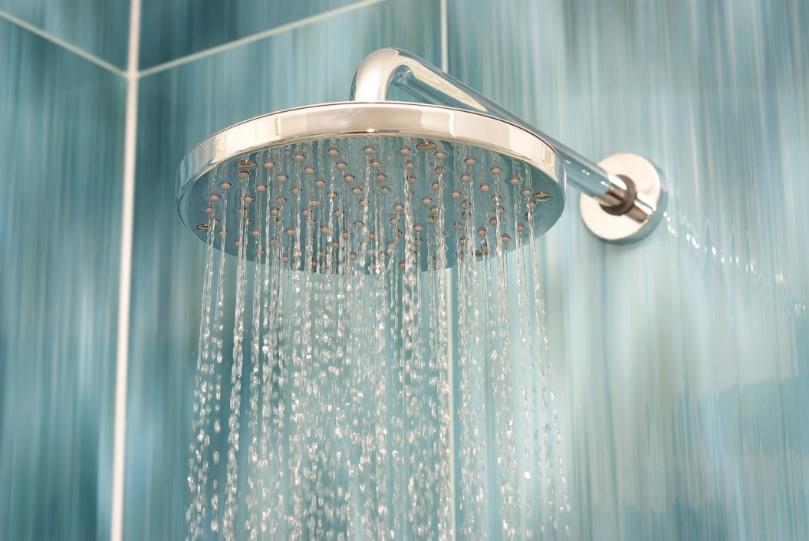Did you know that at any given moment, there can be lakes of underground water deep under the earth that you stand on? Groundwater is an important natural resource. The vast majority of fresh water in the world (about 95% of it, excluding the polar icecaps) is located in aquifers under the ground. Groundwater is precipitation that winds up being stored in porous rock, sand, and cracks in the soil, slowly flowing out towards the ocean. Because it’s filtered through the earth, groundwater is naturally pure. It’s the favorite water source for major trees’ taproots, as well as man-made wells.
Ecosystems, as well as above-ground waterways and lakes, rely on groundwater in order to sustain life. The upper surface of underground aquifers is often called the water table. In some regions, the water table is located far underground. In other places, it’s just under the surface, which can cause water levels to quickly become a problem.
